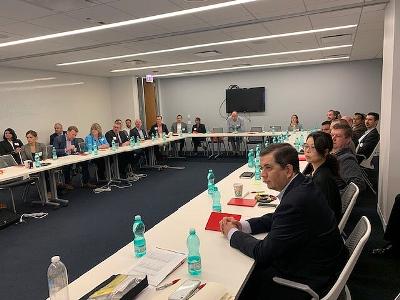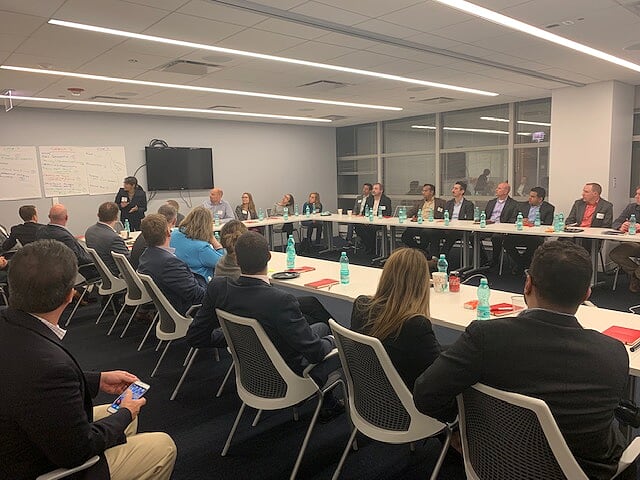 FP&A professionals are knowledge leaders with highly technical skills. While often seen as the smartest number crunchers in the room, what is overlooked is that FP&A leaders must be some of the most empathetic leaders and astute communicators in the company.
FP&A professionals are knowledge leaders with highly technical skills. While often seen as the smartest number crunchers in the room, what is overlooked is that FP&A leaders must be some of the most empathetic leaders and astute communicators in the company.
Structurally, this is because FP&A leaders are dependent on other departments in order to fulfill FP&A objectives. Collaboration is imperative for data to be transmitted correctly and punctually. Departmental leaders must trust the insights FP&A provide them because the departmental leader is responsible for implementing the suggested changes. Departmental leaders must trust FP&A to correctly communicate departmental data, combine the data of one department with that of another, and make the correct strategic decision for the company.
To be effective, FP&A must prioritize business partnering; specifically, organizational trust, collaboration, and providing insights and actionable intelligence.
Chicago FP&A Board
This was the core conclusion of the FP&A Board meeting in Chicago on 19 March 2019. The Board took up the issue of Business Partnering in the heart of Chicago’s financial district graciously hosted at Robert Half’s Protiviti office. The meeting was sponsored by SAP and Robert Half.
Larysa Melnychuk, Managing Director at FP&A Trends, noted that FP&A leaders must play a dual role - challenging the status quo and educating. According to Larysa, there are so many old processes (e.g. the budgeting process). In order to take FP&A to the next level, it was suggested to challenge the status quo.
A well-balanced FP&A team will need to have members with four critical personality types: the architect, the analyst, the storyteller, and the influencer. Regularly providing feedback to the team about successful or unsuccessful interactions with other departments helps the entire team learn how to better communicate as business partners.
Case Study
Justine O’Toole, Vice President of Global FP&A at Beam Suntory, was the featured speaker of the evening. She argued that FP&A plays a unique role “operationally and strategically [linking] many parts of the business.” She contends that FP&A has the “ability to translate the numbers into a business story - turning facts into actionable insights.”

Justine mentioned that a key component of FP&A leadership is to turn data into insights. FP&A leaders must combine keen analytical skills with strong communication skills and empathy for cross-departmental leaders. The forecasts FP&A leaders make are a distillation of the contributions of many other departments. Cross-departmental leaders must trust that FP&A analysts will correctly communicate departmental data, paint an accurate picture for corporate leadership, and provide insights that allow all departments to win together.
Conclusions
The board emphasized that FP&A leaders must display character and competence in order to gain trust of cross-departmental managers. What differentiates FP&A from other finance roles is this element of cross-departmental trust and leadership.
Larysa ended the session citing data from the Carnegie Institute of Technology: “To summarize today’s meeting, 85% of financial success comes from leadership in human engineering. Shockingly, 15% is technical knowledge. FP&A business partnering is how we achieve this.”





